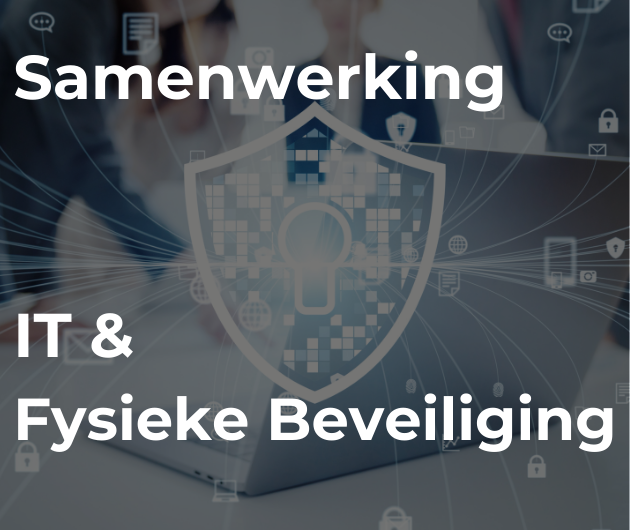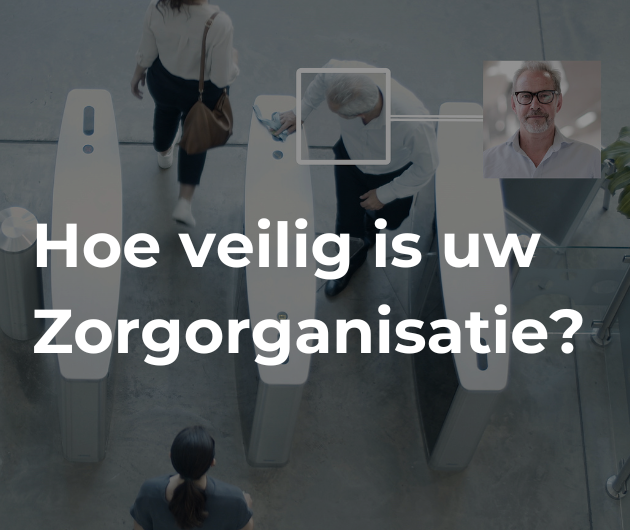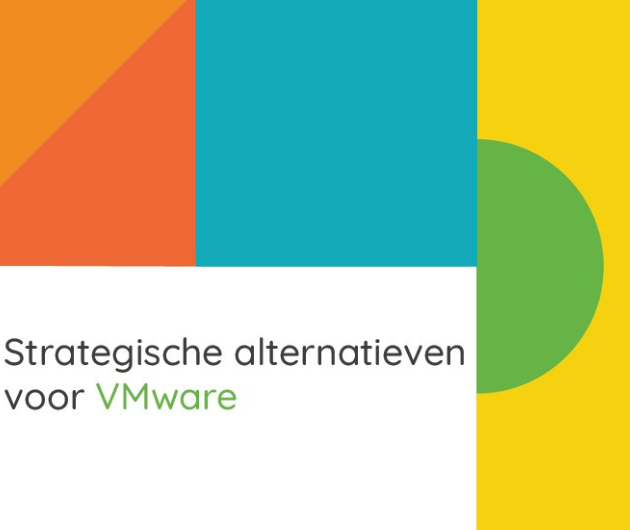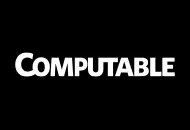Campina engaged Metri to benchmark Getronics' SAP hosting contract.
Last year, Campina decided to replace its SAP servers with a full on-demand service. Since this was also a new environment for their service provider Getronics, both parties agreed to have Metri perform a market price assessment.
Most of Campina's IT services are outsourced, the internal IT function is foccused on governance. "At Campina Corporate, we used to be responsible for the corporate network only," says Anton van Hoof, Manager Services & Technology Corporate ICT. "Applications and local area networks were managed locally then. Nowadays, the entire infrastructure, including application hosting, is centrally managed."
"Our role is to provide services conforming to market standards and costs. With sourcing we have complete freedom to choose with whom we do business. Of course, we have to justify our choice. The big question is what does "conforming to market standards and cost" actually mean?"
On-demand SAP
Last year Campina was working on a new framework agreement with Getronics. "We have a long-standing relationship," Van Hoof says. "Getronics can offer all our services, as long as they conform to market standards, both in quality and price."
"March last year we also decided we no longer wanted to own the SAP servers. We were looking for an on-demand service where Getronics would own the systems and be responsible for the whole stack: hardware, software and services. We only wanted to decide on the services and the quality."
More for Less
"Full SAP hosting was a new service to Getronics as well," Van Hoof continues. "So we defined the technological requirements, the service levels, and the pricing together. Costs should depend on size, quality, and complexity."
Van Hoof knew how much he was paying, and he knew the costs of Getronics' current offer for SAP hosting. However, he did not know whether the new contract would be market compliant.
Both parties agreed to have METRI perform a Market Price assessment. The outcome of this benchmark would then decide the pricing and the model. "Basically, we wanted higher quality for less money," Van Hoof says. "And that's what we got."
Integrated in Contract
"METRI assessed the service levels and processes, the pricing model and the pricing levels," explains Van Hoof. "The model included the fees for the technological management, the capacity in SAPS and the storage in Gbytes. They defined three quality levels – Gold, Silver and Bronze – and created the pricing matrix for the various components."
"In the original offer Getronics charged a fixed prize for both SAP cycles and storage units, independent of the volume, explains Kaj Wen, consultant at Metri. "We updated that model, we also helped Campina and Getronics to complete the details of the service descriptions. Finally, we recommended a more proactive role for Getronics."
"The METRI model became an integrated part of the contract," Van Hoof says. "For example, we hadn't thought of regressive rates for the SAPSen. In the end, the market prices calculated by Metri turned out to be eight percent lower than Getronics' previous offer."
Reducing Complexity
Apart from the contract, Metri analyzed the existing SAP systems. "They assessed the number of servers, services, transactions, and connectors, to determine the complexity," Van Hoof says. "At Campina we have about eight different SAP systems. For example, our dairy product division requires a higher service level than the others. This division is dealing with fast moving, high volumes of fresh milk products. When things go bad in our chain, they go bad quickly. If our SAP systems were unavailable for just four hours, the effects would be noticed in the supermarkets. That's why we required differentiated service levels."
The goal, of course, was a lower price. "So we looked into each SAP service individually," Wen says. "The Gold service level is more expensive than the Silver level, which again is more expensive than the Bronze level. Since the business would not suffer if a server in the test and acceptance environment would be unavailable for two hours, we could reduce both cost and complexity."
"Since we identified the cost drivers for the SAP services," Wen continues, "they are now able to steer the costs. Furthermore, Campina is currently using various versions of SAP. Consolidating these would be another opportunity to reduce complexity in the future."
Business Alignment
When the current migration is completed, Van Hoof will initiate another benchmark for the next phase: the implementation of SAP XI. "Currently we have a new request at Getronics. We have significant EDI traffic with our suppliers. We want to deploy SAP for external interactions as well. Therefore we will have another market price assessment completed."
Most likely, the benchmark will be conducted by Metri again. "Their method of digging deeper and the models they deploy perfectly match our own approach."
Looking in detail into Campina's services, processes and needs, and differentiating service levels and volumes paid off. Providing a model and a competitive price reduced both cost and complexity. What's more, the new model guarantees that ICT and business will stay aligned in the future.



